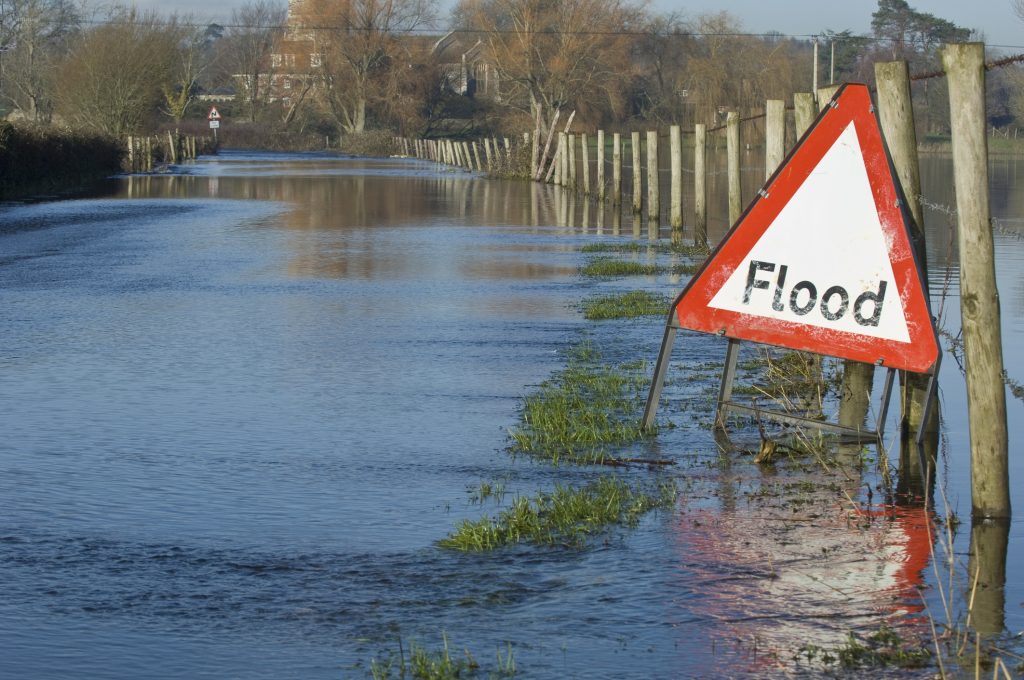2 October 2019
How to prepare for a Storm
With Storm Lorenzo heading for UK shores, the Met Office has issued a yellow weather warning for the West of England, Northern Ireland and Wales on the 3rd and 4th October.
Wind speeds are expected to reach 90mph with heavy rain forecast. This puts some communities at increased risk of suffering storm damage and flooding.
We have some useful tips on how to prepare and what to do during and after a storm.
How to prepare for a storm
- Understand if you are at risk flooding. Gov.uk will be able to give you a rough guideline as to how at risk your home is from flooding.
- Find out from your Local Authority if they provide sandbags. If so, use them to build a barrier in front of external doors and low windows.
- Secure all loose objects in your grounds – such as ladders, furniture or anything else that could be blown into windows.
- Close and securely fasten your doors and windows, particularly those on the windward side of the building and especially large doors such as those on garages.
- Park vehicles in a garage where possible. Otherwise keep them clear of trees, walls and fences. If you are at risk of flooding, consider moving your vehicle to higher ground.
- Prepare an emergency kit containing all your important documents, telephone numbers, a torch, mobile phone and a first aid kit. If you are taking any form of medication, remember to pack that too.
- Be prepared to take any valuable items with you if you have to evacuate the house. If this is not possible, consider moving valuables upstairs where they are safe from flooding. Above all else, remember to put your safety first.
What to do during the Storm
- Stay indoors as much as possible. If you must leave, remember to take your emergency kit with you.
- If you do go out, try to avoid walking or sheltering close to buildings and trees. Keep away from the sheltered side of boundary walls and fences.
- Do not go outside to repair damage whilst the storm is in progress.
- If possible, enter and leave your property through doors on the sheltered side of the property. Open internal doors only as needed and keep them closed behind you.
- Do not drive unless necessary. If you must drive, avoid routes that involve crossing bridges or high open roads. Be aware of side winds.
- Do not park cars along the seafront, waves can cause significant damage to vehicles. Do not stand near seafront areas, the large waves are dangerous.
- Where possible, avoid entering flood water as it may contain sewage. Move to the upstairs of your property and keep safe and warm.
- If your property begins to flood, turn off the electrics and water supply.
- Follow the advice of your Local Authority, they will have an emergency plan in place.
After the Storm
- Be careful not to touch any electrical/telephone wires that have been blown down during the storm. Take care when lifting debris.
- Do not walk too close to walls, buildings and trees as they could have been weakened.
- If your house has suffered a flood, do not turn on the electrics until a qualified electrician has deemed it safe to do so.
- Make sure that any vulnerable neighbours or relatives are safe.
If you do suffer from any storm damage, be sure to contact either your insurer or insurance broker as they will be able to advise you on what to do next.
Centor shortlisted for ‘Employer of the Year’ at the Investors in People Awards 2019 The insurance pitfalls of Mergers and Acquisitions

